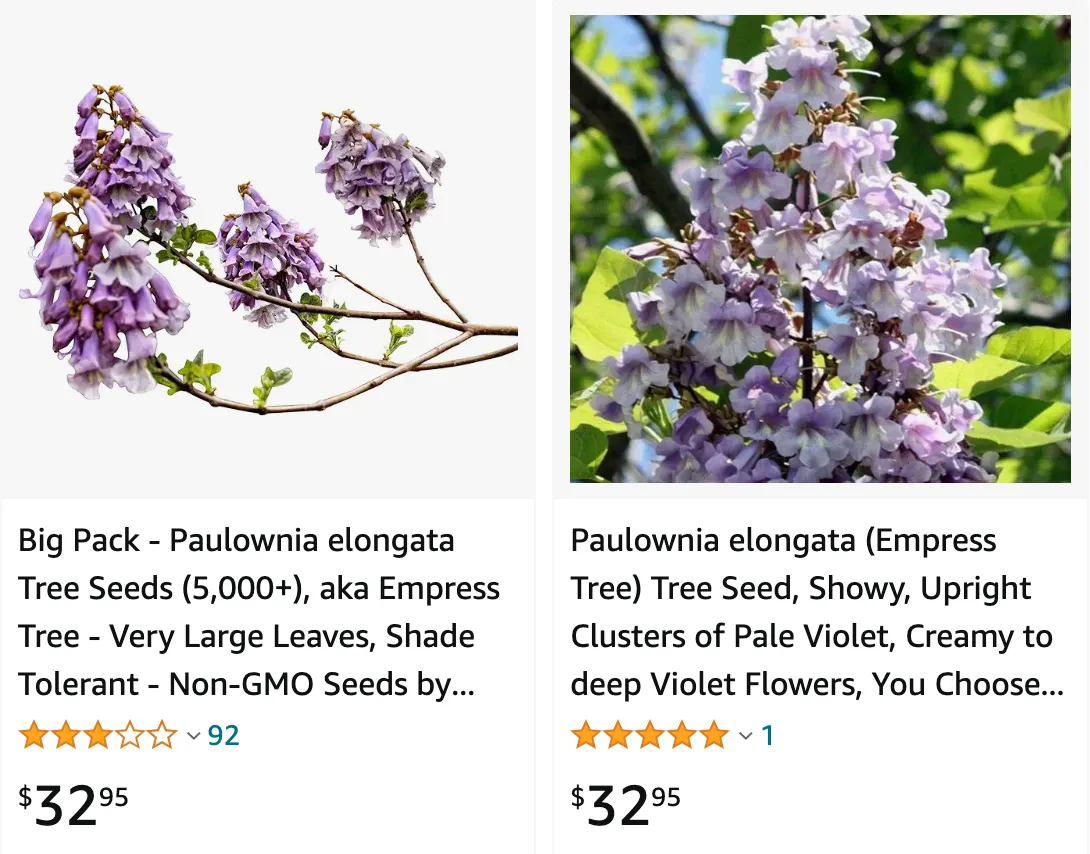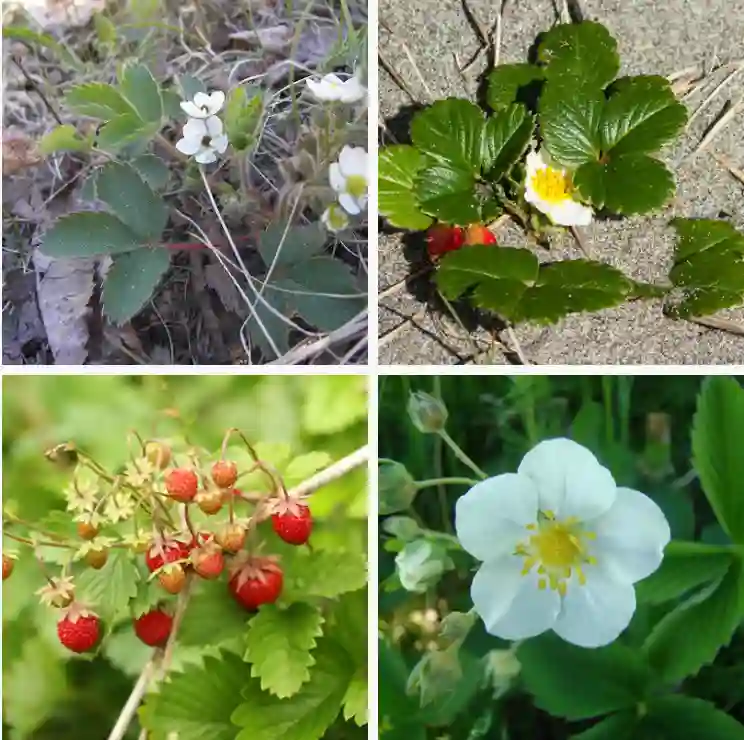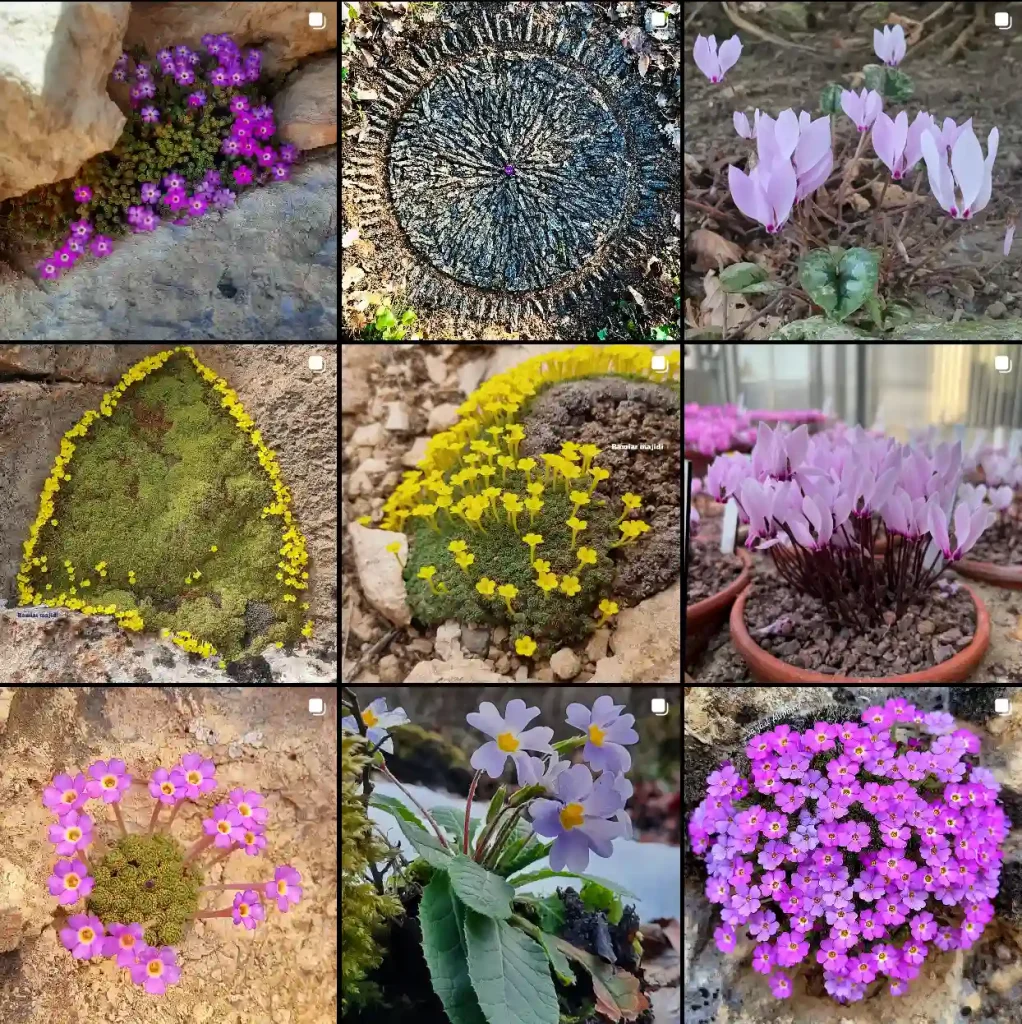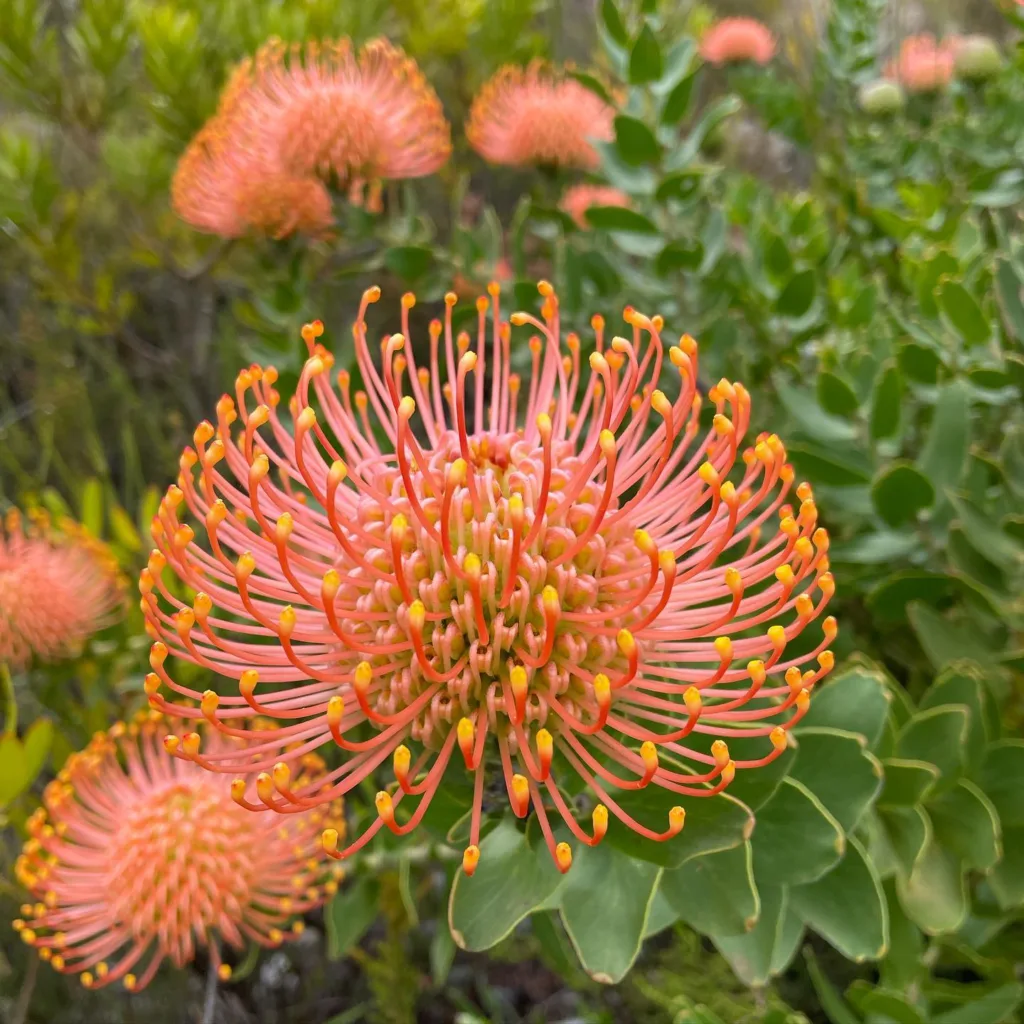
Discovering Paulownia Elongata: A Versatile and Fascinating Tree
As someone deeply interested in unique and versatile plants, I recently came across the Paulownia Elongata tree. This remarkable tree has caught my attention for several reasons, from its rapid growth rate to its potential uses in various industries. Let’s delve into what makes this tree so special and answer some common questions about it.
8 Species in Genus Paulownia
What is Paulownia Elongata?
Paulownia Elongata, also known as the Empress Tree or Princess Tree, is a species of tree native to China. It belongs to the Paulowniaceae family and is renowned for its incredibly fast growth rate. Under optimal conditions, it can grow up to 10 feet in a single year! The tree features large, heart-shaped leaves and beautiful, fragrant purple flowers that bloom in spring. It’s not just its beauty that makes Paulownia Elongata special; its wood is lightweight yet strong, making it highly sought after for various applications.
Paulownia Elongata vs Tomentosa
I’ve grown both Paulownia Elongata and Tomentosa, and I have to say, they offer quite different experiences. The Elongata caught my eye with its rapid growth and impressive size; it really shot up in height quickly, which was great for creating a fast screen or shade. However, Paulownia Tomentosa has been a bit more of a challenge. Its growth rate isn’t as vigorous, but it’s more compact and has a more refined look. The Tomentosa’s leaves are a bit more fuzzy, which gives it a unique texture that I find quite charming, especially up close. Overall, while Elongata is fantastic if you need quick coverage, Tomentosa has a more delicate appeal and a slower, steadier presence.
Is Paulownia Elongata Invasive?
A common concern with fast-growing trees like Paulownia Elongata is their potential invasiveness. Indeed, in some regions, Paulownia Elongata is considered invasive. Its ability to grow rapidly and adapt to different environments means it can outcompete native species, disrupting local ecosystems. However, with careful management and responsible planting practices, the risks can be minimized. It’s crucial to check with local environmental regulations and guidelines before planting Paulownia Elongata in your area.
Can Paulownia Elongata Be Used for Construction?
Yes, Paulownia Elongata can be used for construction. Its wood is prized for being lightweight yet sturdy, making it an excellent material for various construction purposes. It’s often used in making furniture, musical instruments, and even lightweight boats. The wood is also resistant to rot and decay, which adds to its value in construction.
How Strong is Paulownia Elongata Wood?
Paulownia Elongata wood is remarkably strong given its lightweight nature. It has a high strength-to-weight ratio, comparable to more traditional hardwoods. This strength, combined with its resistance to warping and cracking, makes it an excellent choice for crafting and construction projects. Its ability to withstand various weather conditions without significant deterioration further adds to its desirability.
When to Plant Paulownia Elongata?
The best time to plant Paulownia Elongata is in the spring after the last frost has passed. This timing allows the young trees to establish roots and grow during the warm months. Planting in early spring gives the tree a full growing season to become robust before facing the challenges of winter.
How to Germinate Paulownia Elongata Seeds?
Germinating Paulownia Elongata seeds is relatively straightforward but requires attention to detail. Start by soaking the seeds in water for 24 hours to enhance germination. Prepare a seed tray with a mix of peat moss and perlite, and sprinkle the seeds on the surface. Lightly cover them with a thin layer of soil, as they need light to germinate. Keep the soil moist and place the tray in a warm, sunny location. Seeds typically germinate within two to three weeks.
How to Grow Paulownia Elongata?
Growing Paulownia Elongata involves selecting a sunny location with well-drained soil. The tree thrives in loamy soils but can tolerate various soil types. Dig a hole twice the size of the root ball, place the tree, and backfill with soil. Water the tree thoroughly and continue to water regularly, especially during dry periods. Mulching around the base can help retain moisture and protect the roots.
How to Care for Paulownia Elongata?
Caring for Paulownia Elongata involves regular watering, especially during the first few years. Pruning is also essential to maintain its shape and remove any dead or damaged branches. Fertilizing in the spring with a balanced fertilizer can promote healthy growth. Monitoring for pests and diseases, although generally minimal for this tree, is also recommended to ensure its health.
Will Paulownia Elongata Trees Grow in Virginia?
Yes, Paulownia Elongata trees can grow in Virginia. The state’s climate, with its warm summers and relatively mild winters, provides suitable conditions for this hardy tree. However, it’s always good to check with local agricultural extensions or experts to understand any specific considerations for growing Paulownia Elongata in your area.
Where to Buy Paulownia Elongata Seeds?
Paulownia Elongata seeds can be purchased from various nurseries and online seed retailers. When buying seeds, ensure they are from a reputable source to guarantee quality and viability. Some well-known suppliers include online marketplaces like Amazon and specialized botanical shops that offer a range of exotic plant seeds.
Conclusion
Paulownia Elongata is a fascinating tree with immense potential for various applications. Whether you’re interested in its rapid growth, beautiful flowers, or strong, lightweight wood, this tree is worth considering for your garden or projects. By understanding its characteristics and how to grow and care for it responsibly, you can enjoy the many benefits that Paulownia Elongata has to offer.
If i die, water my plants!



